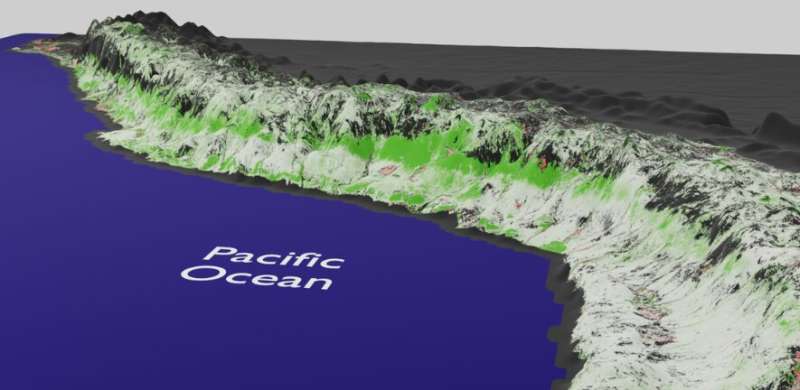The fallout from these tests snowballed out of the atmosphere and settled into the soil as layers of sediment rich in the radioactive form of plutonium. The plutonium-239-rich sediment layers at the bottom of a small lake in Canada are the earliest physical evidence of how human activity has changed the balance of natural systems, scientists say.
anthropocene
This potential new era is named in honor of man, as a key feature influencing the global climate and environment. ἄνθρωπος (pronounced “anthropos”) means “man” from ancient Greek.
Having a plutonium label is a simple tool that allows us to define this limit. Because of the land-based nuclear explosions that were tests conducted in the 1950s, there is a very precise geochemical boundary present throughout the planet, in all environments, and associated with the onset of these explosions.
Colin Waters, Professor Emeritus at the University of Leicester and Chair of the Anthropocene Working Group (AWG).
The term was first suggested by Dutch meteorologist Paul Crutzen. According to his vision, the Anthropocene began in 1784 with the invention of the steam engine and the start of the industrial revolution. But modern scholars say this dating can only be seen in Europe, the center of industrialization in the 18th century. It is not possible to find any impact in the Southern Hemisphere, sedimentary rocks show nothing different from ancient times.
The new approach is based on data collected at Crawford Lake in Ontario. It was formed 10,000 years ago, and its special conditions allow us to follow changes in the environment. During the hot summer months, calcite particles from limestone rocks crystallize and fall to the bottom of the lake, where they form a white deposit that contains information about the atmospheric and hydrospheric conditions of that year.
It is this white layer that we can count and accurately describe every year we look at.
– tell the scientists.
The Crawford Lake record shows that 1950 marked the point at which humans began an era “geologically different from previous ones.” This also means that nuclear bomb explosions affect the entire planet.
Source: 24 Tv
I’m Maurice Knox, a professional news writer with a focus on science. I work for Div Bracket. My articles cover everything from the latest scientific breakthroughs to advances in technology and medicine. I have a passion for understanding the world around us and helping people stay informed about important developments in science and beyond.













